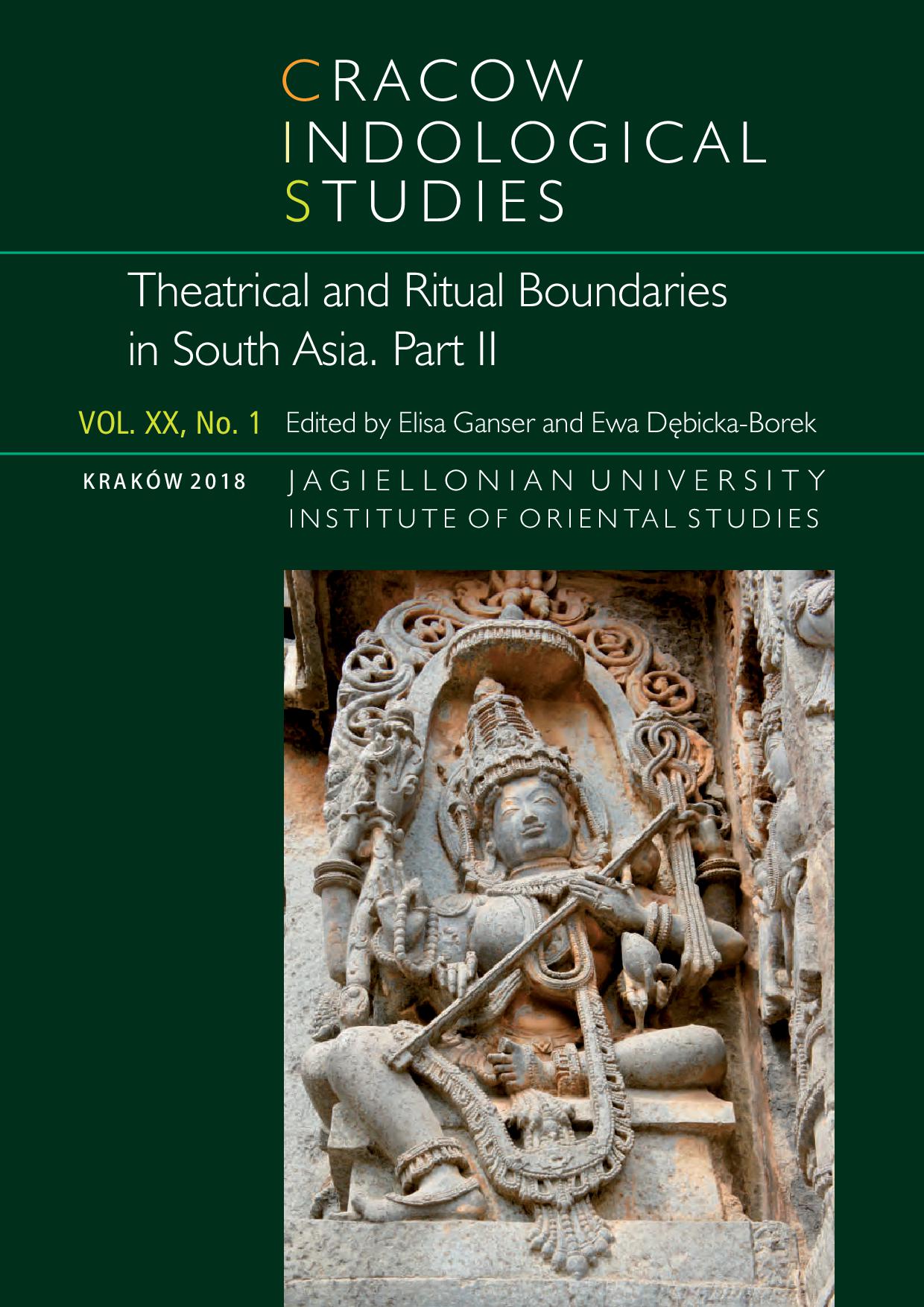Rudragaṇikās. Courtesans in Śiva’s Temple? Some Hitherto Neglected Sanskrit Sources
Rudragaṇikās. Courtesans in Śiva’s Temple? Some Hitherto Neglected Sanskrit Sources
Author(s): Dominic GoodallSubject(s): Sociology of Art, Sociology of Religion
Published by: KSIĘGARNIA AKADEMICKA Sp. z o.o.
Keywords: Sanskrit poetry; Śaivism; temple-liturgy; courtesans; temple-dancers; Khmer epigraphy; āgamas; Rudragaṇikās; South Indian cultural history; Nāṭyaśāstra
Summary/Abstract: Much ink has been spilt on the status and rôles of the Devadāsī in pre- modern times, but some Sanskrit works that contain potentially useful nuggets of information have until now, for various reasons, been neglected. To cite one instance, some scholars have drawn passages about dancers from an edition of what purports to be a Śaiva scripture called the Kāmikāgama. In 1990 however, Hélène Brunner denounced that ‘scripture’, as a late-19th-century forgery concocted for the purpose of winning a legal case, and thereby called into question the value of the text as evidence for much of what it had to say about, for instance, the initiation of dancers in pre-modern times. Meanwhile, hiding, so to speak, in plain view, passages from a rather older Kāmikāgama, one that has been published by the South Indian Archaka Association and that appears to survive in many South Indian manuscripts, actually also contain information about the status of Rudragaṇikās in medieval times. But these seem not to have been examined to date by historians of dance and dancers. The purpose of this paper is to draw into the debate some hitherto unnoticed passages of relevance that are to be found in pre-modern Sanskrit texts.
Journal: Cracow Indological Studies
- Issue Year: 20/2018
- Issue No: 1
- Page Range: 91-143
- Page Count: 53
- Language: English

